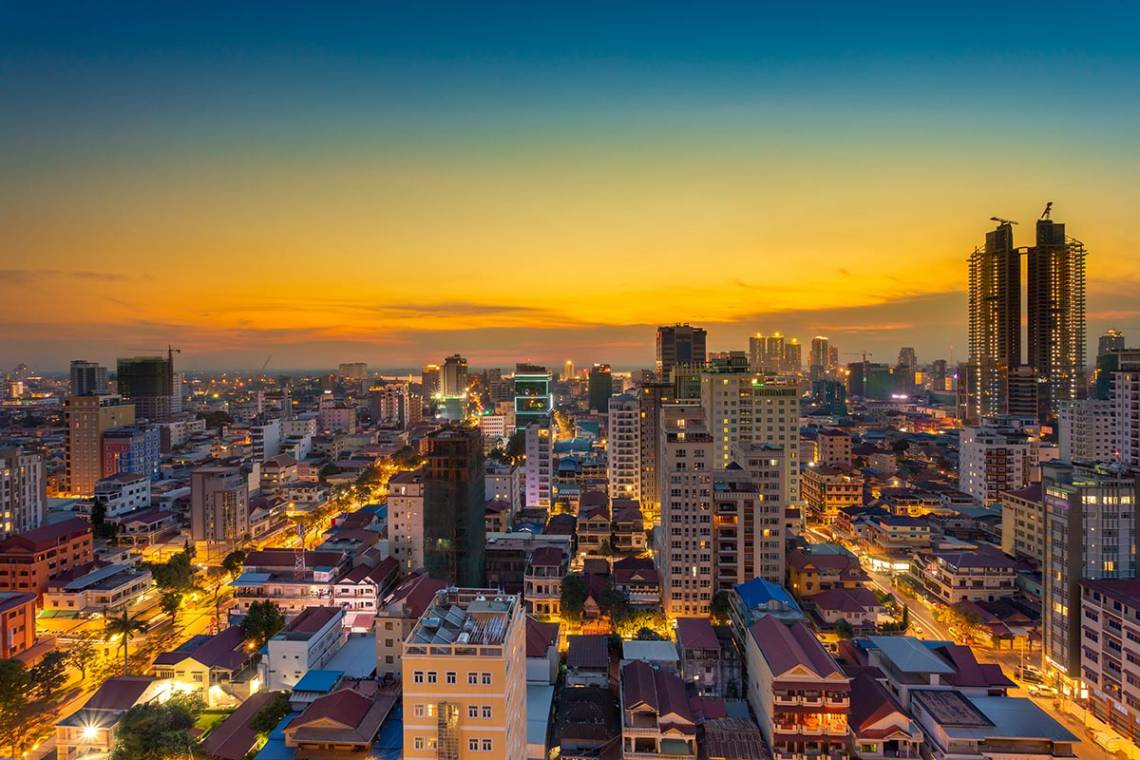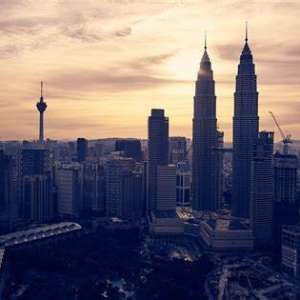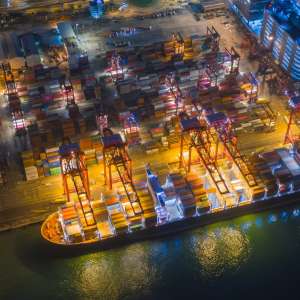The Ultimate Guide to Shipping from Jiangmen to Cambodia
Latest update on 29 July, 2024 by Aurora Park– Marketing Analyst at FreightAmigo
Jiangmen Ocean Port, located in the heart of China’s Pearl River Delta, has long been a crucial gateway for international trade and logistics. As the world’s economy continues to evolve, the importance of this port in facilitating efficient freight transportation to neighboring countries, such as Cambodia, has only grown. In this comprehensive guide, we will explore the ins and outs of freight shipping from Jiangmen Ocean Port to Cambodia, delving into the logistics, costs, and best practices to help businesses navigate this essential trade route.
Want To Compare The Best Express, Air Freight, Sea Freight, Rail Freight & Trucking Rates So As To Have Better Control On Cost?
The Advantages of Jiangmen Ocean Port
Strategically Located: Jiangmen Ocean Port is situated in the western part of the Pearl River Delta, providing convenient access to the busy waterways that connect China to Southeast Asia. This strategic location allows for efficient and cost-effective freight transport to neighboring countries like Cambodia.
Robust Infrastructure: The port boasts world-class infrastructure, including deep-water berths, advanced cargo-handling equipment, and a well-developed intermodal transportation network. This ensures the smooth and timely movement of goods, minimizing delays and optimizing the overall shipping process.
Extensive Connectivity: Jiangmen Ocean Port is linked to a vast network of domestic and international shipping routes, allowing businesses to reach a wide range of destinations, including Cambodia, with ease.
Competitive Pricing: The port’s efficiency and economies of scale translate to competitive freight rates, making it an attractive option for businesses looking to optimize their logistics costs.
The Freight Shipping Process
1. Route Planning: When shipping freight from Jiangmen Ocean Port to Cambodia, the most common route involves a combination of ocean and land transportation. Cargo is typically loaded onto container ships or bulk carriers at Jiangmen, which then sail to the nearest Cambodian port, such as Sihanoukville or Phnom Penh.
2. Documentation and Customs Clearance: Proper documentation is crucial for the smooth clearance of goods through customs in both China and Cambodia. This includes, but is not limited to, commercial invoices, packing lists, bills of lading, and any required permits or licenses. It is essential to work closely with freight forwarders and customs brokers to ensure compliance with all applicable regulations.
3. Cargo Handling and Transport: Once the goods reach the Cambodian port, they will be offloaded and either transported directly to the final destination or temporarily stored in a warehouse, depending on the specific logistics requirements. Trucking or railway transport is commonly used for the final leg of the journey within Cambodia.
4. Delivery and Reporting: The freight forwarder or logistics provider will coordinate the final delivery of the goods to the customer’s doorstep and provide detailed reporting on the entire shipping process, including any delays or issues encountered along the way.
Factors Affecting Freight Costs
1. Shipping Mode: The mode of transportation, whether it’s containerized shipping, bulk cargo, or a combination, can significantly impact the overall freight costs. Generally, containerized shipping is more expensive but offers greater security and reliability, while bulk cargo is more cost-effective for larger shipments.
2. Cargo Type and Weight: The nature and weight of the goods being shipped can also influence the freight costs. Heavier or bulkier items may incur higher charges, while hazardous or specialized cargo may require additional fees or specialized handling.
3. Seasonality and Demand: Freight rates can fluctuate based on seasonal demand and market conditions. Peak shipping seasons, such as the months leading up to major holidays, may see higher freight rates.
4. Fuel Prices: Fluctuations in global fuel prices can directly affect the cost of freight transportation, as fuel surcharges are often passed on to the shipper.
5. Port Fees and Taxes: Both Chinese and Cambodian ports may charge various fees, such as port handling charges, customs duties, and taxes, which can add to the overall freight cost.
Best Practices for Freight Shipping
1. Engage a Reputable Freight Forwarder: Partnering with an experienced and reliable freight forwarder can greatly simplify the shipping process and ensure compliance with all necessary regulations. They can provide valuable insights, negotiate favorable rates, and handle the complexities of international logistics.
2. Plan Ahead and Optimize Shipment Size: Careful planning and coordination with your freight forwarder can help you optimize shipment sizes, reducing the overall cost per unit. This may involve consolidating smaller shipments or exploring the use of less-than-container-load (LCL) options.
3. Consider Multimodal Transportation: Exploring a combination of transportation modes, such as ocean and rail or ocean and air, can sometimes result in cost savings and faster delivery times, depending on the specific requirements of your shipment.
4. Stay Informed on Regulatory Changes: Regularly monitoring changes in customs regulations, trade agreements, and other relevant policies in both China and Cambodia can help you stay ahead of the curve and avoid potential delays or unexpected costs.
5. Maintain Clear Communication: Effective communication with your freight forwarder, logistics provider, and other stakeholders is crucial to ensure the smooth and timely delivery of your goods. Provide clear instructions, respond promptly to inquiries, and stay informed on the status of your shipment.
Conclusion
Jiangmen Ocean Port’s strategic location, robust infrastructure, and extensive connectivity make it an ideal gateway for freight transportation to Cambodia. By understanding the shipping process, factors affecting freight costs, and best practices, businesses can optimize their logistics and capitalize on the growing trade opportunities between these two dynamic economies. Whether you’re a seasoned exporter or new to the international market, this comprehensive guide can help you navigate the complexities of freight shipping from Jiangmen Ocean Port to Cambodia with confidence and efficiency.
If you are looking for logistics experts, Please Go To The FreightAmigo Page For Inquiries
If you have any inquiries on logistics / supply chain, feel free to contact FreightAmigo now:
Chat with us online | Hotline: +852 28121686 | WhatsApp: +852 27467829










































